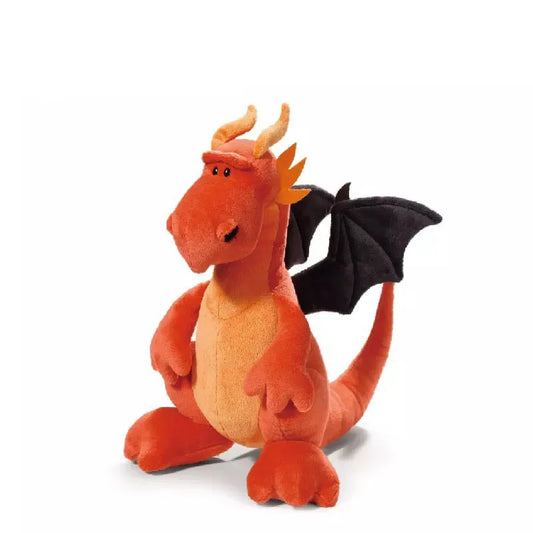The word "cryptid" is derived from the Greek word "kryptos," meaning hidden or secret. It's fitting, then, that a cryptid is any creature that allegedly exists but has not been
The word "cryptid" is derived from the Greek word "kryptos," meaning hidden or secret. It's fitting, then, that a cryptid is any creature that allegedly exists but has not been scientifically verified. These creatures include everything from the Loch Ness Monster to Bigfoot.
While there's no scientific proof that any of these creatures actually exist, that doesn't stop people from believing in them. Cryptids have been part of human legend for centuries, and new stories about them continue to emerge. Whether or not you believe in them, cryptids make for fascinating tales.
What does cryptozoology mean?
Cryptozoology is the study of cryptids. Cryptozoologists try to find evidence of these creatures' existence through research and investigation. They also work to piece together eyewitness accounts to try to understand what these creatures might be.
While there's no guarantee that any cryptid will ever be found, the search for them can be an exciting adventure. For many people, the idea of discovering a new species is thrilling. It's also possible that some cryptids may turn out to be real animals that have simply not been discovered yet.
Either way, the study of cryptids is sure to continue. Who knows what might be found next?
Which real animals used cryptids?
There have been several cases where animals thought to be cryptids have later been discovered. In some cases, these animals were previously unknown to science. In other cases, they were known but not well-understood.
The okapi, for example, was once considered a cryptid. This creature is a relative of the giraffe, and it was not formally described by science until 1901. The okapi's striped hindquarters led some people to believe it was a cross between a zebra and a donkey.
Similarly, the platypus was once considered a cryptid. This egg-laying mammal has a beak and fur, which led many people to believe it was a hoax. It wasn't until 1799 that the platypus was officially described by science.
Gorillas were also once considered cryptids. These large apes were not formally described by science until 1847. For years, gorillas were thought to be mythical creatures. It wasn't until the late 1800s that they were finally accepted as real animals.
While these animals were once considered cryptids, they are now well-known and understood.
How do you spell cryptid?
The word "cryptid" is spelled with a c r y t I d It is pronounced like "krip-tid."
How much do cryptozoologists get paid?
There is no set salary for cryptozoologists. Some may be paid by universities or research organizations, while others may work as volunteers. Some cryptozoologists may even fund their own research.
What are some famous cryptids?
Some of the most famous cryptids include Bigfoot, the Loch Ness Monster, and the Yeti. These creatures have been the subject of many stories and sightings over the years, but they have yet to be scientifically verified.
Other well-known cryptids include the Chupacabra, the Jersey Devil, and the Mothman (We offer some crazy designs Mothman shirts). These creatures are also shrouded in mystery and have never been definitively proven to exist.
Whether or not you believe in them, cryptids make for fascinating tales. Who knows what might be found next?
If you search for some physical representation of those amazing creatures check out our collections of:
Mothman plush
Alien Statues
Alien Plushies
Fresno Nightcrawler plush
And many more Bigfoot and cryptid merchandise
Conclusion
Cryptids have been part of human legend for centuries, and new stories about them continue to emerge. Whether or not you believe in them, cryptids make for fascinating tales. The study of cryptids is sure to continue, as there is always the possibility that one of these creatures may turn out to be real.
 Sold out
Sold out



























